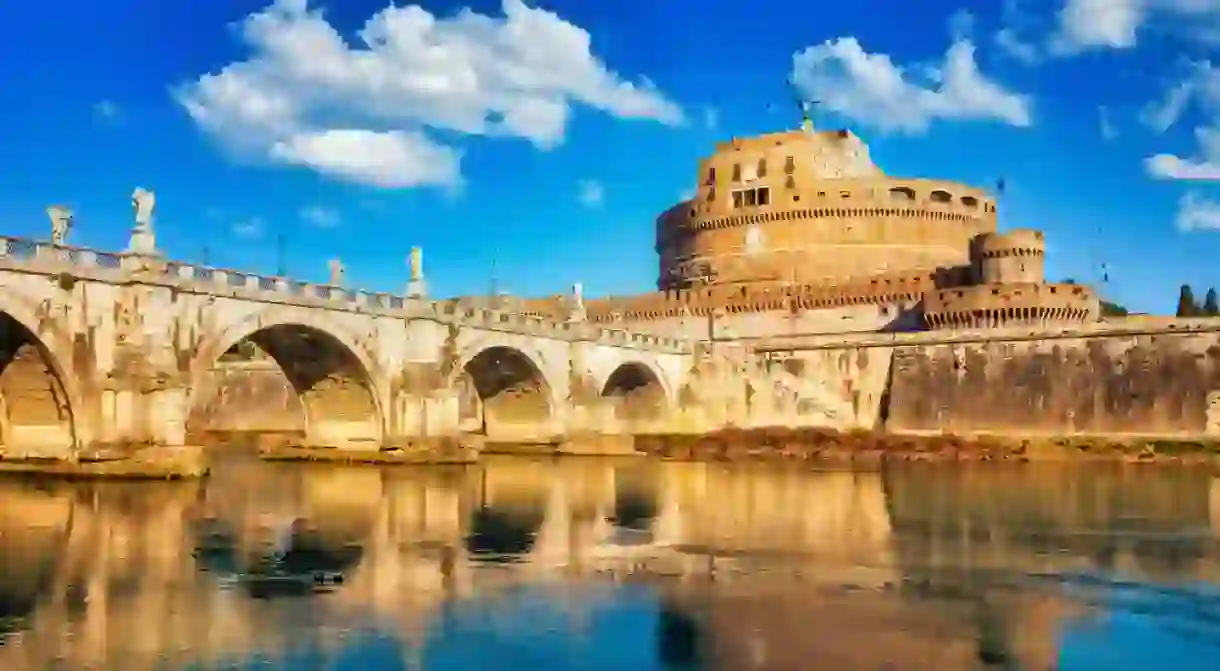A Tour of Bernini's Masterpieces in Rome

The works of the sculptor and architect Gian Lorenzo Bernini can be found around every corner of the Italian capital, from awe-inspiring statues to the design of some of the most famous fountains and piazzas. Here is a guide to some of the most important and recognizable masterpieces of Rome’s Baroque genius.
St Peter's Basilica
Church

Inside, the main altar is covered by Bernini’s spectacular bronze and gold baldacchino,which at 29 metres high stands proudly beneath Michelangelo’s enormous dome. Under the orders of Pope Urban VIII Barberini, the bronze for the sculpture was obtained by melting down decorations from the Pantheon.
At the back of the church, Bernini was also responsible for the decoration around the Chair of St Peter, another elaborate work in bronze, and to the rear left is the celebrated Monument to Alexander VII which depicts not only the pope but a bronze skeleton with an hourglass, reminding the viewer of the fleeting nature of time. Other works in St Peter’s include the Tomb of Urban VIII and the statue of St Longinus, both of which show Bernini’s mastery in marble and bronze.
Santa Maria Sopra Minerva
Building, Church
Piazza Navona
Church

Ponte St. Angelo
Architectural Landmark
The beautiful statues which line the Ponte Sant’ Angelo bridge were commissioned by Pope Clement IX in 1669 to replace the former, damaged sculptures. The 10 new angels, which are each holding an object of Christ’s Passion, were designed by Bernini and carried out for the most part by his students. Two of the sculptures, The Angel with the Scroll and The Angel with the Crown of Thorns, were sculpted by Bernini himself along with his son Paolo. These two Bernini originals were eventually kept by the pope for his own collection and copies were placed on the bridge. They can now by found in the Church of Sant’ Andrea delle Fratte, located close to Piazza Barberini.
Galleria Borghese
Museum, Park

Santa Maria della Vittoria
Church

Top Tours and Trips to Italy
Historical Landmark, Architectural Landmark

From historic city tours in Rome to cooking classes in the Cinque Terre and romantic road trips along the Amalfi Coast, these trips serve up a delicious slice of Italy on your travel plate.













